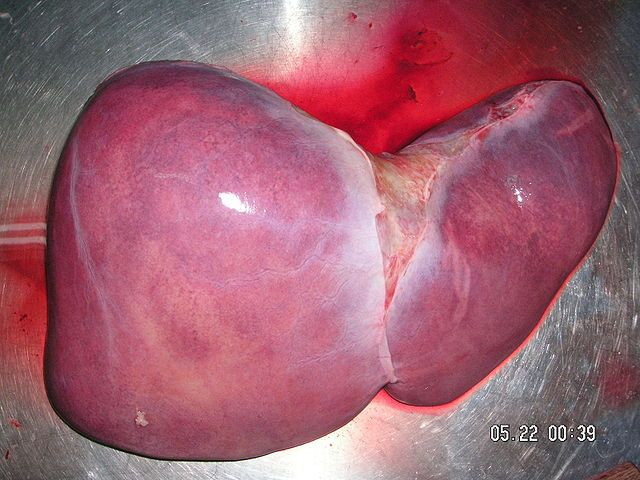First 3D Printed Liver Is Mini But Mighty: Could Transplantable Human Organs Eventually Be Bioprinted?

San Diego-based start-up Organovo "printed" the world’s first 3D human liver earlier this year, and presented their findings at the recent Third Annual Cell Therapy Bioprocessing Conference. Although transplantable human organs are years away, the company believes its current milestone in bioprinting is a significant step in that direction. In fact, bioprinting is an emerging technology that involves depositing biological materials onto a surface, layer by layer, until tissue is created — a process similar to the way a computer printer layers ink on the surface of paper, though much more complex.
“Our first product launch is slated for 2014, for a 3D Liver product to be used in toxicology by pharma customers,” Keith Murphy, Organovo's chief executive officer, told Engineering.com. The biotech company creates functional, three-dimensional human tissues for medical research and therapeutic applications. Throughout the past year, Organovo, which opened its first laboratory in 2009, has been working toward bioprinted tissues that would demonstrate retention of key liver functions for longer than one month.
“In April we were able to show that liver function was retained in our 3D Liver for over five days, and we have now demonstrated that our tissues perform consistently for at least 40 days,” Murphy stated in a press release. As the co-founder of Organovo, Murphy has 20 years of experience in biotechnology and is a graduate of Massachusetts Institute of Technology.
The Complexity of Human Tissue
When testing a drugs toxicity or efficacy, researchers often use liver cells, in particular the parenchymal hepatocytes. These cells, when inside the body, possess an astounding capacity for replication. Even if up to two-thirds of a healthy liver were to be surgically removed, the remaining hepatocytes within the partial organ would be able to reproduce themselves to completely restore original liver mass. However, if they are removed from the body, hepatocytes rapidly lose their ability to replicate and perform critical functions. It turns out many functions are dependent, in part, on architecture — the exact pattern or repeating patterns that are created by the many different cell types within any given tissue.
And this is where bioprinting comes into play. It's known that liver hepatocyte cells retain critical functions for a longer period outside of the body when they are created and maintained in such a way as to support three-dimensional architecture. Organovo’s bioprinting platform, which is known as ‘NovoGen,’ is able to do just that. It can reproduce the necessary architectural features of real human tissue when it generates a prototype. So what does this bode for the future?
What’s Ahead
Speaking with Engineering.com, Murphy explained the general aims of his company. Organovo is currently focusing on “the bioprinting of functional tissues from large organs at a smaller size, which would be useful for drug discovery and developmental research, as well as the development of simple tissues that can be used in direct surgical therapy.”
Cautioning that use of bioprinted tissues in clinical trials — experiments on humans — is "years away," Murphy noted that use of such tissues in pre-clinical studies has already occurred. Although his goal may be in the distance, it is definitely within sight and includes new surgical options. “The types of tissues to contemplate here are heart muscle patches, nerve grafts, [and] blood vessels for bypass,” Murphy told Engineeering.com. “These smaller tissues are technically achievable with today’s technology and can have a significant positive impact on patient health.”



























